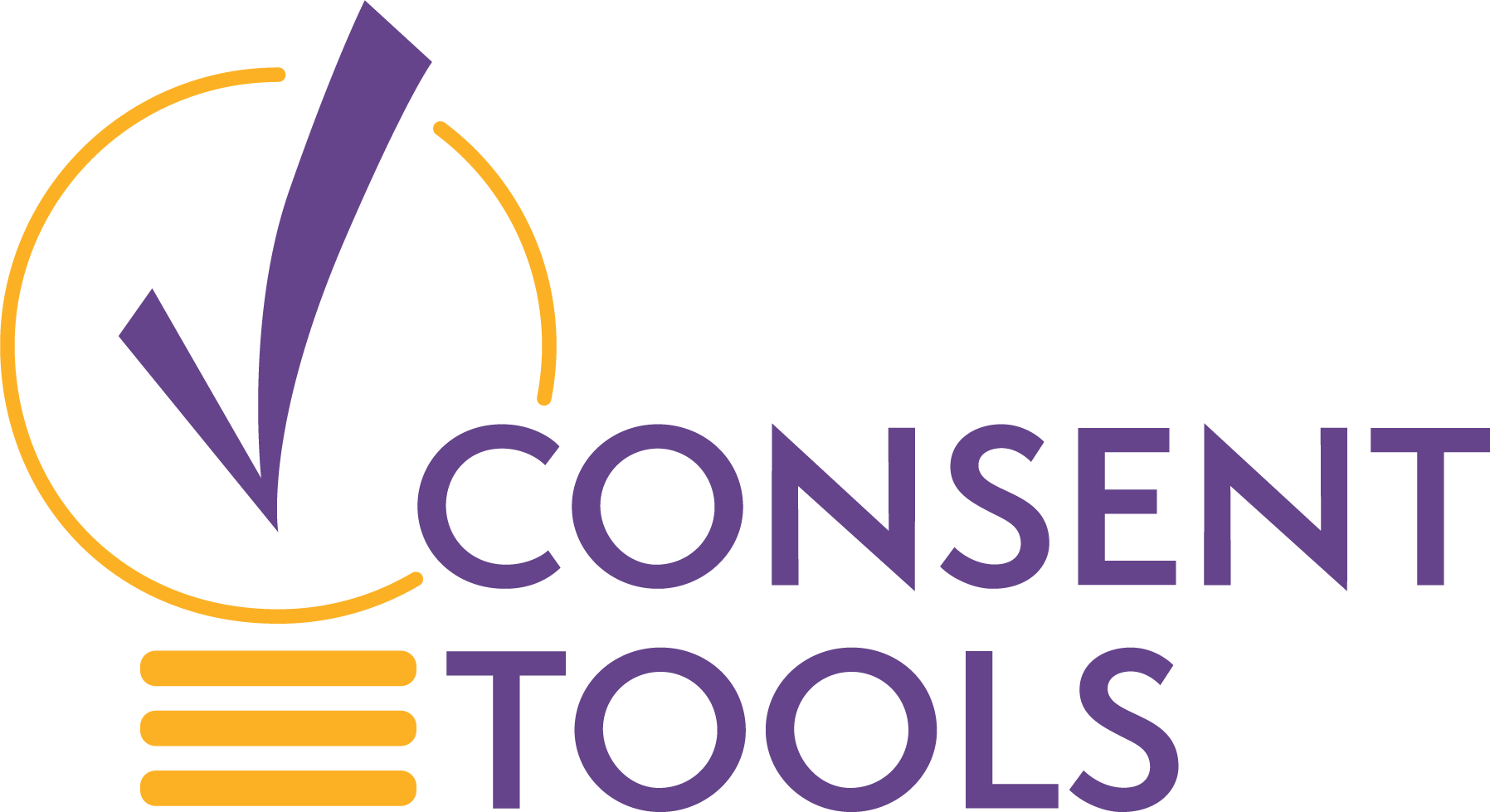Researcher-assisted eConsent usually involves a live discussion between the potential research participant and a member of the study team. This discussion often occurs remotely (not face-to-face). For example, research team members may use video conferencing to share their screen and walk participants through an electronic consent form.
Key benefits of this type of eConsent include:
- Participants can have their questions answered immediately
- Research personnel can direct attention to the most relevant information for decision making
- Multimedia components can be used to enhance understanding and engagement
Evidence-Informed Practices for eConsent
Evidence-informed practices for researcher-assisted eConsent include:
- Using plain language
- Using appropriate formatting and web design
- Assessing for understanding
See the table for how to incorporate these practices into your eConsent model.
| Evidence-Informed Practices for Informed Consent | Application to eConsent |
|---|---|
| Plain Language |
|
| Formatting and Web Design |
|
| Assess for Understanding |
|
Key Considerations
-
- Focus on the key information section
- Consider focusing on evidence-informed practices for the key information section of informed consent documents. This is because the key information “must be organized and presented in a way that facilitates comprehension” (45 CFR 46).
-
- As a result, IRBs are often more likely to allow modifications to this section.
- However, the evidence-informed practices apply to the entire informed consent document and where possible, should be used throughout.
-
- Consider focusing on evidence-informed practices for the key information section of informed consent documents. This is because the key information “must be organized and presented in a way that facilitates comprehension” (45 CFR 46).
- Keep in mind the difference between electronic and hard-copy formats
- Participants may physically process text differently on a screen than they do on paper (skimming, reading only parts of the webpage, etc.).
- Make sure your eConsent is formatted properly for electronic display so that participants can read and understand the consent.
- Participants may physically process text differently on a screen than they do on paper (skimming, reading only parts of the webpage, etc.).
- Focus on the key information section
- Questions to ask when designing and implementing your researcher-assisted eConsent include:
-
- Does my IRB recommend or require a specific eConsent vendor? What guidance does my IRB provide?
- How will I protect patient privacy and confidentiality? Is my eConsent HIPAA compliant?
- Does my eConsent follow evidence-informed practices for plain language, formatting, and web-based communication?
- Will various populations have access to this eConsent, including rural, minority, or elderly populations? How can I address barriers that might hinder eConsent, such as internet connectivity or device issues?
- Will participants be offered an alternative consent document (e.g., a hard copy) if they prefer?
- How will I assess for understanding of consent information?
- Can I use this eConsent model with a Legally Authorized Representative (LAR)?
-
Helpful Resources
| Topic | Resource | Brief Description |
|---|---|---|
| Overview of eConsent | De Sutter, E., Zace, D., Boccia, S., Di Pietro, M. L., Geerts, D., Borry, P., & Huys, I. (2020). Implementation of electronic informed consent in biomedical research and stakeholders’ perspectives: Systematic review. J Med Internet Res, 22(10), e19129. PMID:33030440 | This systematic review provides recommendations to guide implementation of eConsent for six domains: format; impact on understanding; acceptability; security and trust; storage; and content. |
| Chen, C., Lee, P. I., Pain, K. J., Delgado, D., Cole, C. L., & Campion, T. R., Jr. (2020). Replacing paper informed consent with electronic informed consent for research in academic medical centers: A scoping review. AMIA Joint Summits on Translational Science, 80–88. PMID: 32477626 | This review article collated existing studies of eConsent into five categories: 1) ethical, legal, and social issues, 2) user interface/user experience considerations, 3) comparing to paper consent, 4) enterprise scalability, and 5) feasibility of changes to the eConsent process. | |
| Skelton, E., Drey, N., Rutherford, M., Ayers, S., & Malamateniou, C. (2020). Electronic consenting for conducting research remotely: A review of current practice and key recommendations for using e-consenting. Int J Med Inform, 143, 104271. PMID: 32979650 | This article offers practical recommendations and best practices for researchers in five primary domains: 1) accessibility and user-friendliness of eConsent; 2) user engagement and comprehension; 3) customizability to participant preferences and demographics; 4) data security; and 5) impact on research teams. | |
| Ethical, Practical, and Design Concerns | Welch, B. M., Marshall, E., Qanungo, S., Aziz, A., Laken, M., Lenert, L., & Obeid, J. (2016). Teleconsent: A novel approach to obtain informed consent for research. Contemporary Clinical Trials Communications, 3, 74-79. PMID: 27822565 | This article notes the benefits of teleconsent and provides a detailed method for designing, preparing, and conducting teleconsent. |
| Participant Experiences and Empirical Data | Simon, C. M., Schartz, H. A., Rosenthal, G. E., Eisenstein, E. L., & Klein, D. W. (2018). Perspectives on electronic informed consent from patients underrepresented in research in the United States: A focus group study. J Empir Res Hum Res Ethics, 13(4), 338-348. PMID: 29790410 | In this study, the authors conducted focus groups with underrepresented patients in research to understand their preferences for a paper versus eConsent. Overall, participants found eConsent easier to use, more interesting, and better for understanding. Some minority and rural participants raised concerns, and these population-specific issues are important to consider when designing a study. |
| Bunnell, B. E., Sprague, G., Qanungo, S., Nichols, M., Magruder, K., Lauzon, S., . . . Welch, B. M. (2020). An Exploration of Useful Telemedicine-Based Resources for Clinical Research. Telemed J E Health, 26(1), 51-65. PMID: 30785853 | In this survey of individuals associated with leading, planning, or conducting clinical research trials, the authors report the greatest opportunities and challenges for teleconsent. | |
| Web-Based Resources | Sage Bionetworks Toolkit | Practical guide with tips and examples for designing and implementing your eConsent. |
| TransCelerate BioPharma, Inc. 2017 | Practical design and implementation guide for various eConsent models. | |
| HHS Electronic Informed Consent Guidance | Q&A on eConsent from the Office of Human Research Protections. |
ConsentTools | 4523 Clayton Avenue | Campus Box 8005 | St. Louis, MO | 63110-1093
ConsentTools@wustl.edu

ConsentTools © 2024 by Bioethics Research Center, Washington University is licensed under CC BY-NC-SA 4.0. To view a copy of this license, visit http://creativecommons.org/licenses/by-nc-sa/4.0/
